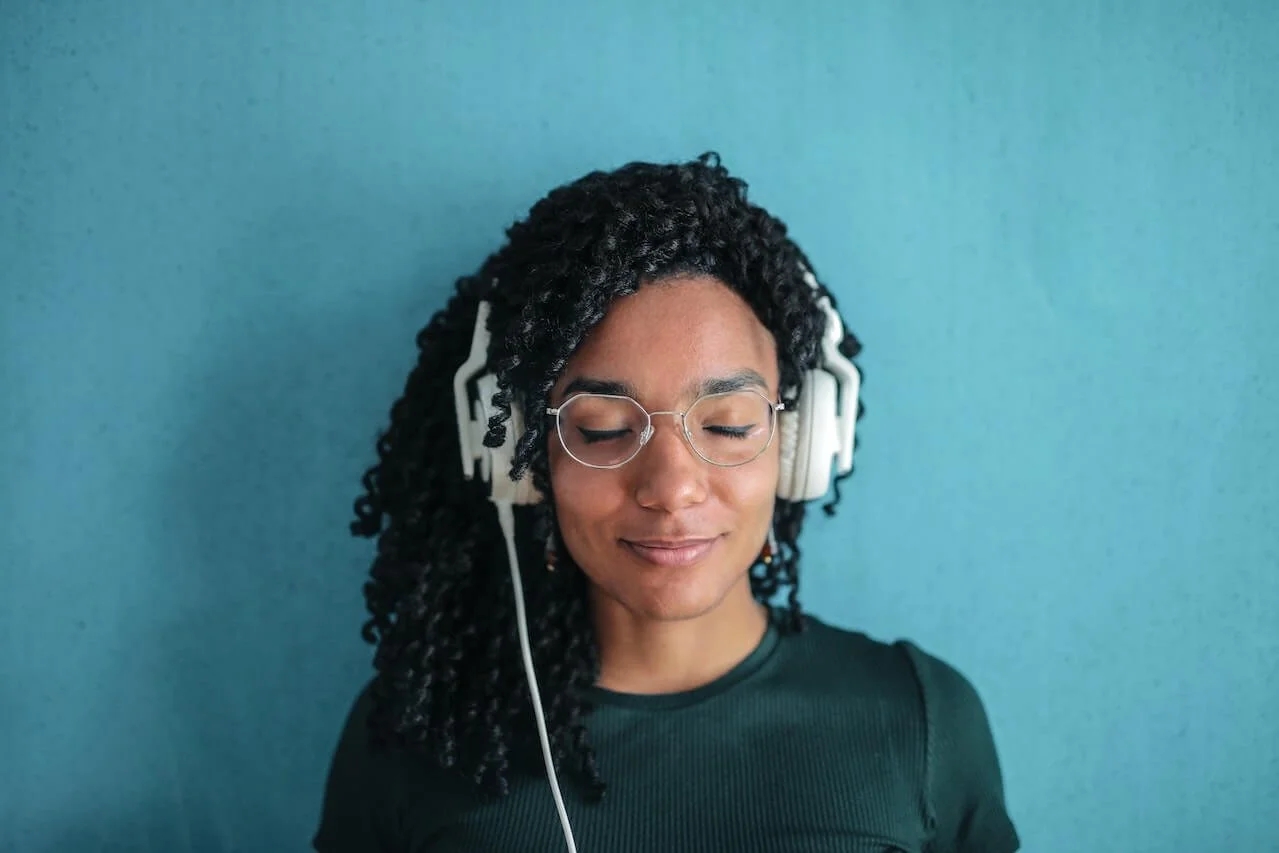Exploring EMDR Styles: Different Techniques for Healing Trauma
Eye Movement Desensitization and Reprocessing (EMDR) is a groundbreaking trauma therapy. It has evolved over time to include various effective techniques for trauma healing. But what does it actually look like? Let's delve into these techniques.
EMDR As An 8 Stage Process
EMDR is an 8 stage process. In this article, we'll only look at techniques for phases 5-7. Those are the stages that involve bilateral stimulation. If you're interested, you can read about all 8 stages of EMDR here.
The Magic Ingredient: Bilateral Stimulation (BLS)
EMDR always involves bilateral stimulation. That means some kind of side-to-side sensory input. It first started using only eye movement. That's how it got its name. But it turns out that any kind of bilateral stimulation can produce the same effect.
To keep things simple, we'll call bilateral stimulation BLS. BLS engages both sides of the brain, facilitating the reprocessing of traumatic memories. As both sides of the brain activate, memories get stored differently. This is what promotes emotional healing.
Different Types of Bilateral Stimulation
There are four commonly used types of BLS. Each type has different strengths. Some types work better for some people.
Eye Movement: The Foundation of EMDR
EMDR originally relied on eye movements, where clients followed their therapist's hand movements, a wand, or a light bar with their eyes. While they do this, a therapist guides them through specific mental exercises. Research has shown the effectiveness of eye movement in reducing PTSD symptoms in trauma survivors.
This is some therapists' default mode of EMDR because it has been used the longest and has the most research. Some clients prefer it. It might be a good fit for you if you are a visually-oriented person, or if certain images are causing disturbance. Other clients experience dizziness or headaches as a result.
Auditory Stimulation: A Sound Solution
Therapists discovered that auditory BLS could be equally effective as eye movements. During therapy sessions, clients wear headphones and listen to alternating sounds or tones moving from ear to ear. The therapists controls the tones and guides the client with exercises as they listen. Research shows auditory BLS is as effective as eye movements in promoting trauma resolution.
Clients often like this form of BLS because it is less stressful on eye muscles. Clients report less dizziness and fewer headaches. You might prefer this type of BLS of you are sensitive to sounds, or if some of your trauma involves certain noises.
Self-Tapping/Butterfly Hug Tapping
With the rise of online EMDR therapy, self-tapping and butterfly hug tapping have emerged as practical techniques. This is especially true when therapy moved online during the initial COVID-19 lockdowns. Therapists couldn't use their usual tools and many adopted the butterfly hug technique for online sessions. The great news is, they discovered it does work!. During these sessions, clients cross their arms and are prompted to tap their shoulders alternately. This kind of BLS also allows people to actively participate in their healing process. It also requires no tools or equipment.
Many clients find this mode of EMDR to be helpful. It might be a good fit for you if you are doing online EMDR, or if your trauma was physical. It is also helpful for people who are prone to dissociation.
Alternating Vibrations with TheraTappers
Incorporating handheld devices like TheraTappers has gained popularity in EMDR practice. These devices produce alternating vibrations, providing BLS in clients' hands. TheraTappers offer an effective option for people who may not be comfortable with other kinds of BLS. It's also good for people with visual impairments or who are hard of hearing. Research supports the efficacy of TheraTappers in healing trauma.
Research Supporting Effectiveness Of EMDR and Bilateral Stimulation
Numerous studies have shown the effectiveness of various BLS techniques in EMDR therapy. The research consistently shows that all forms of BLS lead to positive outcomes in trauma resolution. This includes visual, audio, self-tapping, and TheraTappers. This robust scientific evidence cements EMDR as a powerful tool for healing from trauma.
You can read more about EMDR here or on the EMDRIA website. The EMDR International Association (EMDRIA) has played a crucial role in advancing EMDR therapy.
Research on EMDR has led to the recognition of various effective BLS techniques. From eye movements to sounds, self-tapping, and TheraTappers, each method offers unique advantages. All are effective for trauma resolution and emotional healing.
As you consider EMDR , remember that you have many options supported by science.








